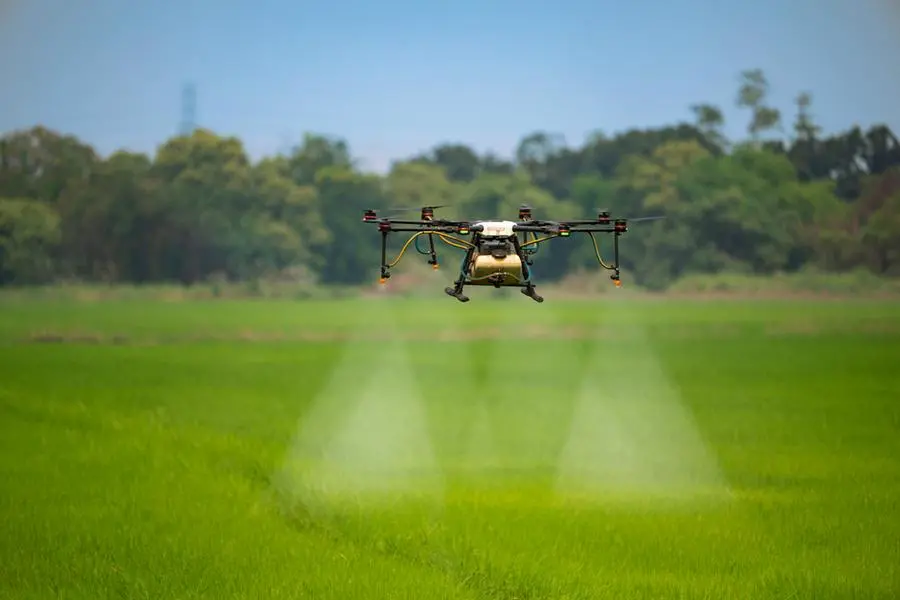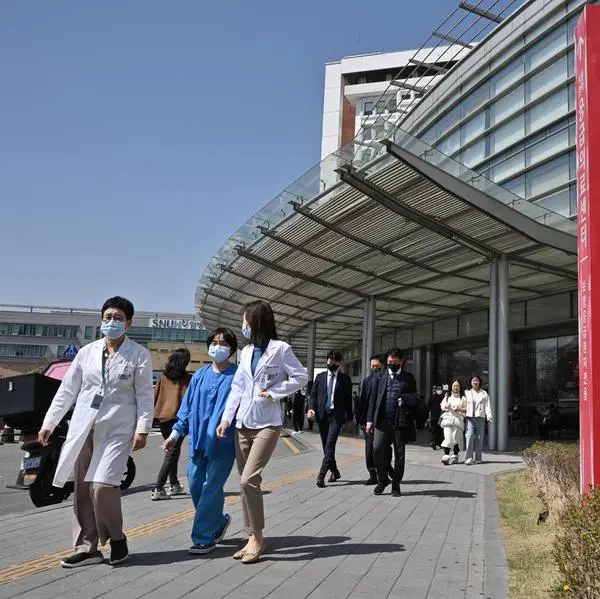PHOTO
The Philippine agriculture sector failed to sustain its momentum in the fourth quarter, with full-year output weakening by 0.1 percent last year, pulled down by the crops and fisheries subsectors.
Latest data from the Philippine Statistics Authority (PSA) showed the agricultural output slightly declined in the fourth quarter, reversing the 1.6 percent growth in the third quarter - the only quarter that registered growth last year.
This brought the full-year average to -0.1 percent, still an improvement from the 1.7 percent decline in 2021.
This was way below the projection of the Department of Agriculture, which said the sector likely grew by 1.2 to 1.5 percent last year, hinged on the recovery of the livestock subsector and the improvement in palay production.
'The contraction in agri output highlights the substantial damage from storms during the period,' ING Bank senior economist Nicholas Mapa said in a text message.
At current prices, the agricultural sector grossed P1.76 trillion, largely the same as in 2021.
Based on its latest reading, the PSA said the crops and fisheries subsectors contracted last year, while the livestock and poultry subsectors expanded.
Crops, which accounted for 56.6 percent of the total agriculture production, contracted by one percent as palay and corn outputs registered big declines in the last quarter at -2.5 percent and -6.9 percent, respectively.
Palay production decreased to 19.76 million metric tons from the record high of 19.96 million MT in 2021 while corn production inched lower to 8.26 million MT from 8.3 million MT.
'The slight decrease in the production of rice and corn is expected due to the increase in cost of inputs like fertilizers, fuel, and natural calamities. However, we expect to have better yields this year due to government subsidies, using high yielding rice varieties, lowering of cost of fuel and fertilizers,' Philippine Chamber of Agriculture and Food Inc. president Danilo Fausto said in a Viber message.
At current prices, the crop subsector grossed P994.57 billion last year, tumbling slightly from P1 trillion the previous year.
The fisheries subsector, which accounted for 14.4 percent of the total output, registered a 6.6 percent drop in production.
The subsector's output was valued at P252.8 billion last year, falling from P266 billion a year ago.
Mapa said the subsector recorded four straight quarters of contraction as the fishing ban remains in effect.
'Fishing ban started sometime mid-2022, impacting fisheries all the way from the second quarter 2022 to the present,' he said.
The fisheries sector's decline shows the need to upgrade due to the dying commercial fishing, Fausto said.
'There is a need to expedite the development of our aquaculture farms and establishment of more Mari-culture parks with more fish cages, to increase fisheries output,' he said.
The livestock subsector, which cornered 14.6 percent of the total, managed to grow by 1.9 percent for the full year, reversing the 17 percent drop recorded in 2021.
Last year, the subsector only recorded a contraction in the first quarter. It saw a 2.1 percent growth in the second quarter, gained momentum and grew four percent in the third quarter.
Production then slowed in the fourth quarter with a 2.5 percent increase.
'Livestock saw a pedestrian 2.5 percent gain [in the fourth quarter] as the local hog producers struggle to repopulate after the steep drops recorded due to the African swine flu (ASF) disease experienced over the last two years,' Mapa said.
Despite the slowdown in the fourth quarter, the hog industry is on the road to recovery with raisers learning to operate with the ASF.
'Hogs are on to recovery as commercial farms are learning to live with ASF through proper biosecurity measures,' Fausto said.
But until the ASF cases are fully addressed, the livestock subsector will continue to reel from its effects.
'We could see this sector struggle until ASF is fully addressed. This only highlights the scope and magnitude of the work cut out for the secretary of agriculture with the president already having two full quarters at the helm,' Mapa said.
Gross earnings in the sub-sector went up to P257.02 billion last year from P252.11 billion in 2021.
The poultry subsector, which contributed 14.4 percent to the total, recorded a seven percent jump in output from a 0.3 percent decline in the previous year.
However, its growth quarter-on-quarter slowed from 12.3 percent in the first quarter, 7.8 percent in the second quarter, 6.4 percent in the third quarter and 1.8 percent in the fourth quarter.
In a text message, United Broiler Raisers Association (UBRA) president Elias Jose Inciong attributed this to 'cautiousness because of the grave risks involved rooted in high cost of feeds and day-old-chicks coupled with the destabilizing policies of NEDA which are biased in importation.'
The poultry sector saw gross earnings rise to P252.42 billion from P236 billion.
Copyright © 2022 PhilSTAR Daily, Inc Provided by SyndiGate Media Inc. (Syndigate.info).












